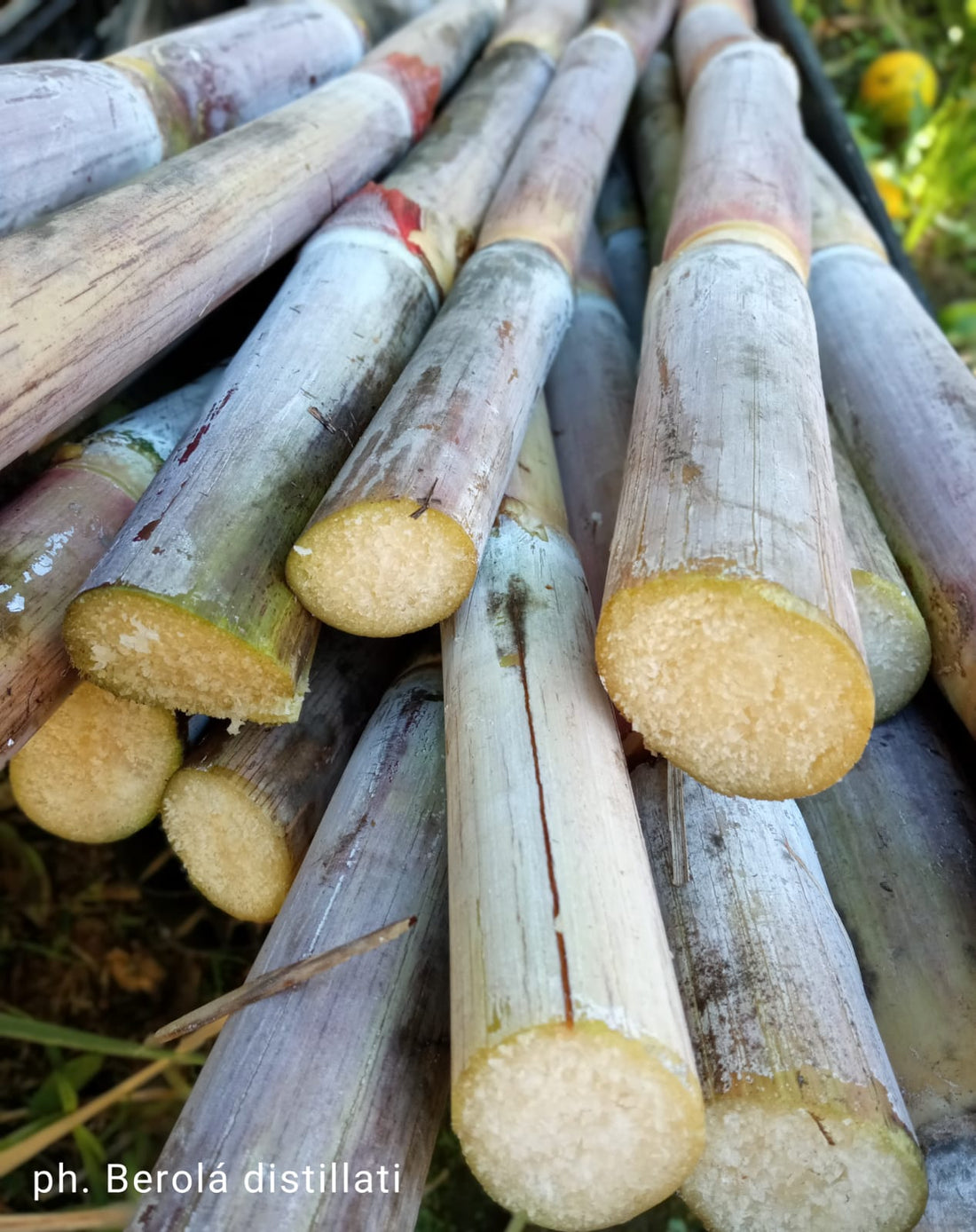
RHUM: THE JOURNEY OF SUGAR CANE (PART I)
At just hearing the word 'rhum', suggestions immediately take us to the Caribbean, but sugar cane, the starting material for the production of rhum, before reaching these paradisiacal places, it traveled half the world: starting from Asia and crossing Europe, with the progress of the Arab conquest it reached Spain and Italy, in particular Sicily, where it was known as 'cannamele', then in Calabria reaching up to the Formia plain and some offshoots in Tuscany.
Only in 1493, on his second voyage to the Americas, did the Italian Christopher Columbus bring sugar cane to the Caribbean. The production horizon of rum at present is as vast as the territories colonized by sugar cane and its expansion is historically connected to the development of sugar production by sugar factories.
In America in particular, the favorable climate made it possible to obtain higher sugar yields, furthermore the cost of slave labor was decidedly lower, two determining factors which led to the disappearance of cultivation from the Kingdom of Naples despite the South being one of the few territories in Europe to have suitable environmental conditions.
The origins of the name rhum are uncertain: for some they are to be found in the English term rumble, "bubbling" therefore connected to the fermentation phase of the sugars extracted from the cane; for others it derives from an abbreviation used by monks and deriving from Saccharum Officinarum, the scientific name of sugar cane. In this article it was decided to adopt the French name Rhum, instead of the more widespread English name Rum or Spanish Ron, the choice is dictated by some production differences that make French processing the most suitable for maintaining a strong agricultural connection with the raw material.
In fact, each country has interpreted distillation based on its tastes and cultural and technological background, so the English distilled rum with the pot-still stills already used for making Scotch whisky, starting from molasses, a honey-like, crystallizable substance left over from sugar processing; the Spaniards distilled their ron with the continuous stills used for the distillation of brandy always starting from molasses; instead the French worked with cognac and armagnac stills starting from pure sugar cane juice. An absolutely acceptable choice of style to be able to taste a production that communicates the aromas of the raw material without letting the barrel aging prevail.
Naturally the distinction is linked to a trend of English, French and Spanish production style but it cannot absolutely represent the totality of the distilleries of a territory, especially the artisanal ones, which do not lend themselves well to this kind of schematization. In the Caribbean, colonial islands, all these styles coexist side by side and in some cases are hybridized; furthermore there is the variable of the aging place which together with the chosen production process determines the characteristics of a rhum.
